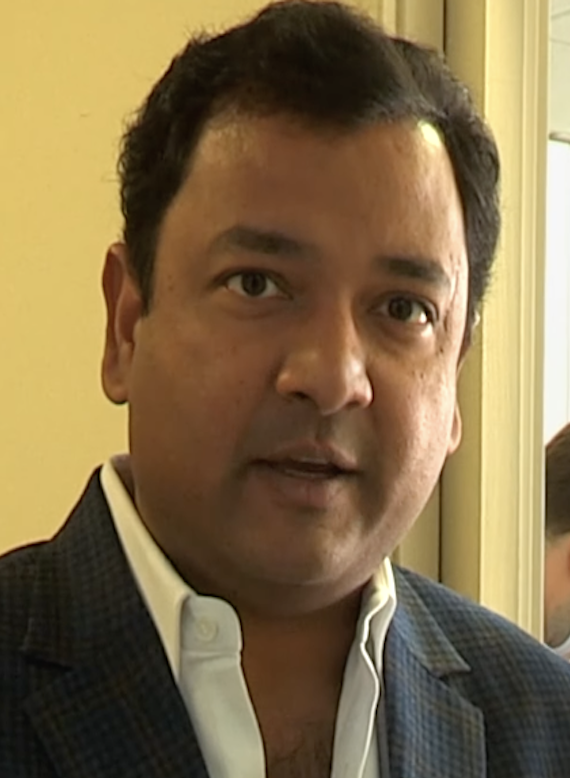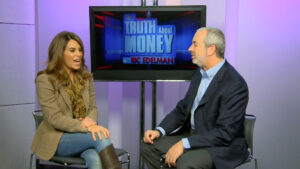What It’s Worth: How to Value a Restaurant in 2025
With over a million restaurants across America, many of them owned by baby boomers nearing retirement, the restaurant industry is facing a generational shift. But what is a restaurant actually worth—and how do you value it correctly? In this episode of What It’s Worth, valuation expert Bharat Kanodia explains how to assess a restaurant’s true market value based on cash flow, owner involvement, and operational consistency.
The Retirement Wave Is Coming Over 50% of American restaurants are owned by baby boomers, whose average age is 66. With the average retirement age in the U.S. sitting at 63, the industry is poised for a wave of ownership transitions. This looming shift makes understanding restaurant valuation more important than ever—especially for owners looking to sell.
Cash Flow and Autopilot: The Two Keys Bharat emphasizes that two factors dominate restaurant valuation: consistent cash flow and how easily the business can run without the owner. If a restaurant depends heavily on the owner’s daily involvement or has erratic financials, the valuation drops. Conversely, a steady business with systems in place and repeatable profits gets valued higher—because it’s more attractive to buyers.
Valuation Rules of Thumb Bharat provides a helpful guide based on annual revenue:
- Under $350,000 in revenue: Valuation multiple is 0.3–0.4× revenue
- $350,000 to $1 million in revenue: 0.2–0.3× revenue
- $1 million to $2 million in revenue: 0.15–0.25× revenue
If the restaurant is a franchise, it may receive a 10–15% premium due to operational systems, staff training support, and supplier networks that make it easier to run.
How Much Does the Owner Really Keep? Let’s say you own a restaurant with $1 million in revenue and you get a valuation of $300,000. After subtracting transaction fees and taxes (estimated at 45%), plus paying off average debts of $20,000, you’re left with around $165,000. Given that the average restaurant owner earns $75,000 per year, the sale proceeds will last about two years—hardly enough if you’re retiring at 63 with a life expectancy of 79.
Lessons from History: Be the Shovel Seller The episode also touches on historical insights, like Conrad Hilton’s pivot during the oil rush or Mark Twain’s famous advice: “When everyone is looking for gold, it’s time to be in the pick-and-shovel business.” The lesson? Owning a restaurant is hard. Serving the restaurant industry—through supplies, services, or franchises—may offer better returns.
Final Thoughts for Restaurant Owners Use valuation multiples as a starting point. To get a formal estimate, work with a valuation expert or business broker. Bharat even offers referrals to top brokers by region.
If your restaurant is profitable, well-documented, and doesn’t rely on your day-to-day hustle, it could be worth far more than you think.





